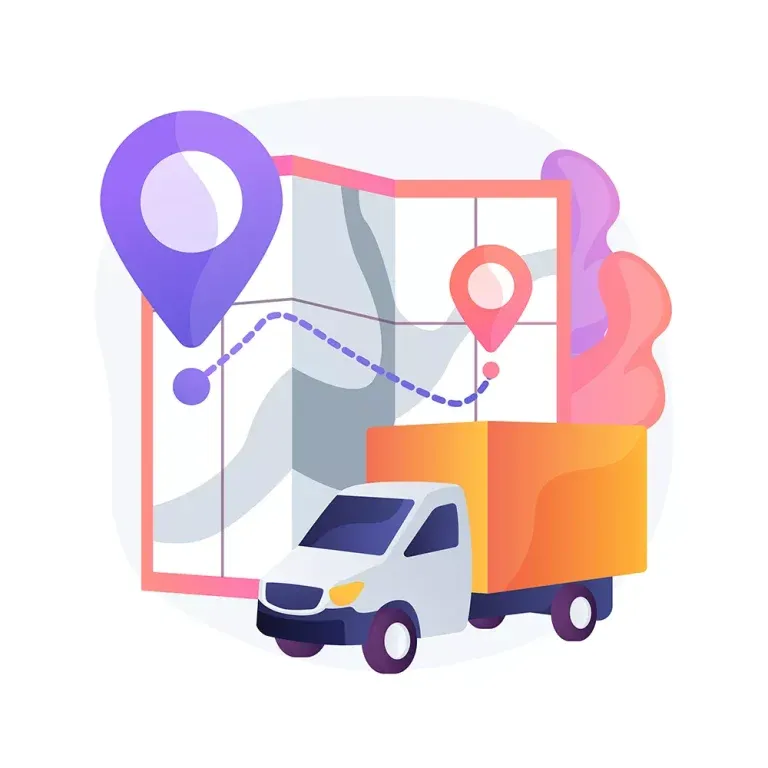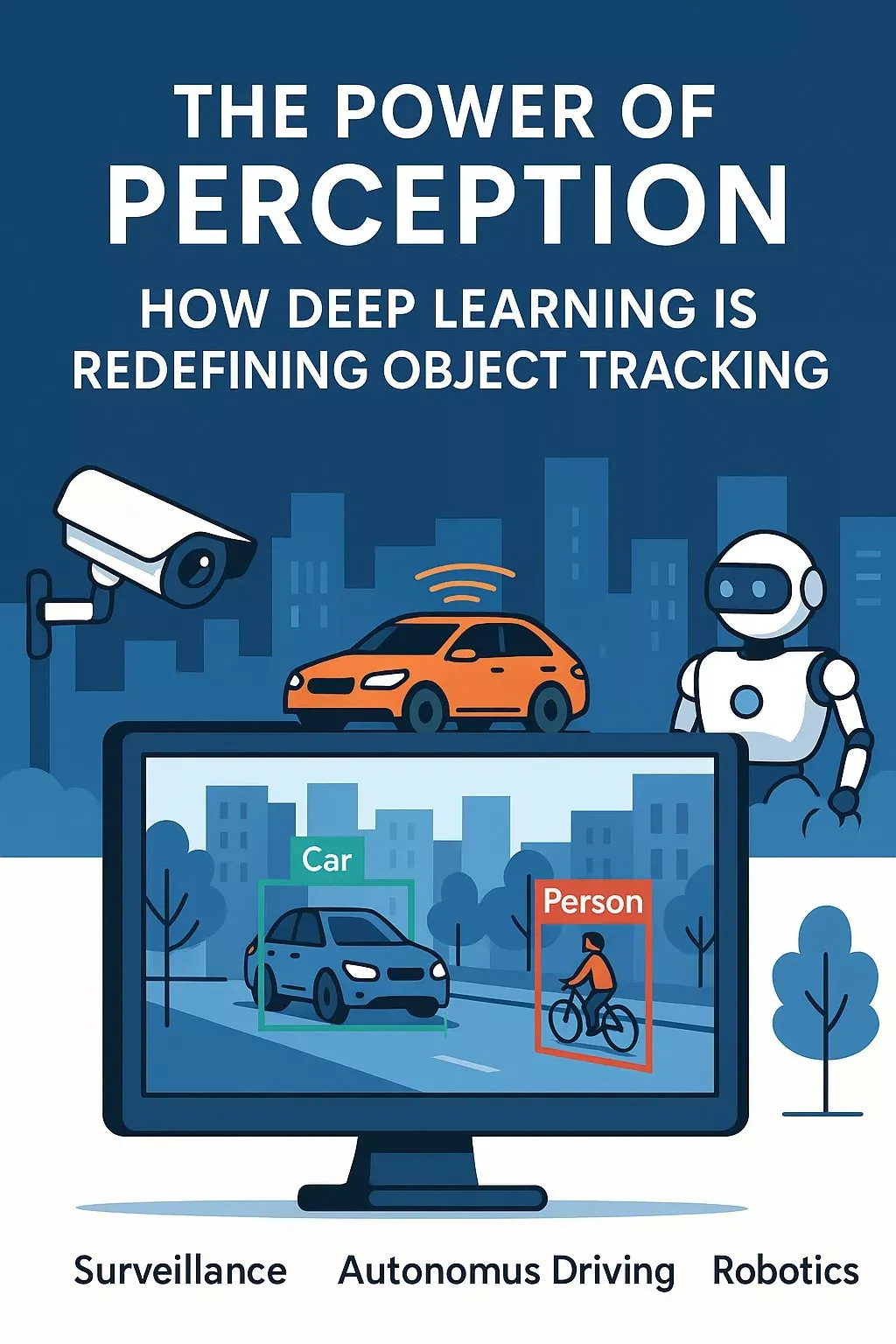The Power of Perception: How Deep Learning is Redefining Object Tracking

In a world increasingly reliant on visual data, object tracking stands out as one of the most powerful applications of computer vision. Thanks to deep learning, machines can now track moving objects in real time with unprecedented accuracy. This advancement is not only revolutionizing technology—it’s reshaping industries. Here’s how deep learning is breathing new life into object tracking.
What is Object Tracking?
At its core, object tracking is the process of locating a moving object across multiple video frames. The goal? Maintain a consistent identity of the object as it moves, despite challenges like occlusions, background clutter, or sudden lighting changes.
Object tracking is often used in surveillance systems, robotics, autonomous driving, augmented reality, and more. Its real-world impact is growing rapidly as industries integrate intelligent vision systems into daily operations.
Object Tracking vs. Object Detection
Although closely related, object tracking and object detection are not the same. Object detection involves identifying the presence and location of objects in an individual frame. Tracking, on the other hand, focuses on maintaining continuity across multiple frames—understanding the motion and trajectory of an object over time.
In many real-time applications, both tasks are combined. Detection locates the object initially, while tracking keeps following it, often using deep learning models trained to handle variations and challenges in dynamic scenes.
Types of Object Tracking
There are three primary types of object tracking:
– Single Object Tracking (SOT): Follows one target throughout a sequence.
– Multiple Object Tracking (MOT): Simultaneously tracks several targets.
– Class-Agnostic Tracking: Tracks objects regardless of predefined classes—useful for general surveillance and monitoring.
Each type presents unique technical challenges, especially in scenes with overlapping objects or unpredictable motion.
Traditional Methods vs. Deep Learning
Before the deep learning era, object tracking relied heavily on manual feature engineering—methods like optical flow, Kalman filters, or correlation filters. These traditional approaches were often limited by environmental variations and object appearance changes.
Deep learning revolutionized this field by enabling end-to-end learning. Instead of handcrafting features, neural networks now automatically learn the most relevant representations. This not only boosts accuracy but also enables tracking systems to generalize across different domains and scenarios.
How Deep Learning Empowers Object Tracking
 |
Deep learning-based tracking models typically involve two main components:
1. Feature Extraction: Convolutional Neural Networks (CNNs) are commonly used to extract high-level features from images.
2. Sequence Modeling: Recurrent Neural Networks (RNNs) or attention-based models (like Transformers) are used to model temporal dependencies between frames.
These models are trained on large datasets, learning how objects move, deform, or temporarily disappear (e.g., during occlusion), and how to re-identify them afterward.
Some cutting-edge methods include:
– Siamese Networks: Compare the similarity between object patches across frames.
– Transformers for Tracking: Leverage attention mechanisms to relate objects over time, even in complex environments.
– End-to-End Tracking Models: Combine detection and tracking in a single neural pipeline for seamless performance.
Real-World Applications
Deep learning-based object tracking is powering innovations across sectors:
– Autonomous Vehicles: Track cars, pedestrians, and obstacles to make real-time navigation decisions.
– Healthcare: Monitor patient activity in hospitals for safety and behavioral analysis.
– Retail and Smart Cities: Analyze customer flow or crowd movement for better infrastructure planning.
– Sports and Media: Enhance live broadcasting with player tracking and statistics overlays.
Challenges in Object Tracking
Despite its progress, object tracking still faces hurdles:
– Occlusions: When objects temporarily disappear behind others.
– Appearance Variation: Objects can change shape, color, or pose.
– Motion Blur: Fast movement may reduce visual clarity.
– Real-Time Performance: Models must process data with minimal latency.
These challenges are being addressed with more robust architectures, training strategies, and edge AI deployments that bring deep learning models closer to where data is captured.
The Future of Object Tracking
With the integration of edge computing, 5G, and AI hardware accelerators, object tracking is becoming faster and more reliable. We’re moving toward systems that not only track but also understand context and predict future movement—opening the door to proactive AI solutions.
As the technology evolves, deep learning is turning object tracking into more than just a visual tool—it’s becoming a cornerstone of intelligent decision-making.
Final Thoughts
Deep learning has transformed object tracking from a rigid task into a dynamic, adaptive capability. Whether it’s navigating a busy street, analyzing a sports match, or monitoring public spaces, AI-powered tracking is leading us toward smarter, safer, and more connected environments.
Ready to see the future in motion? Object tracking is already there.